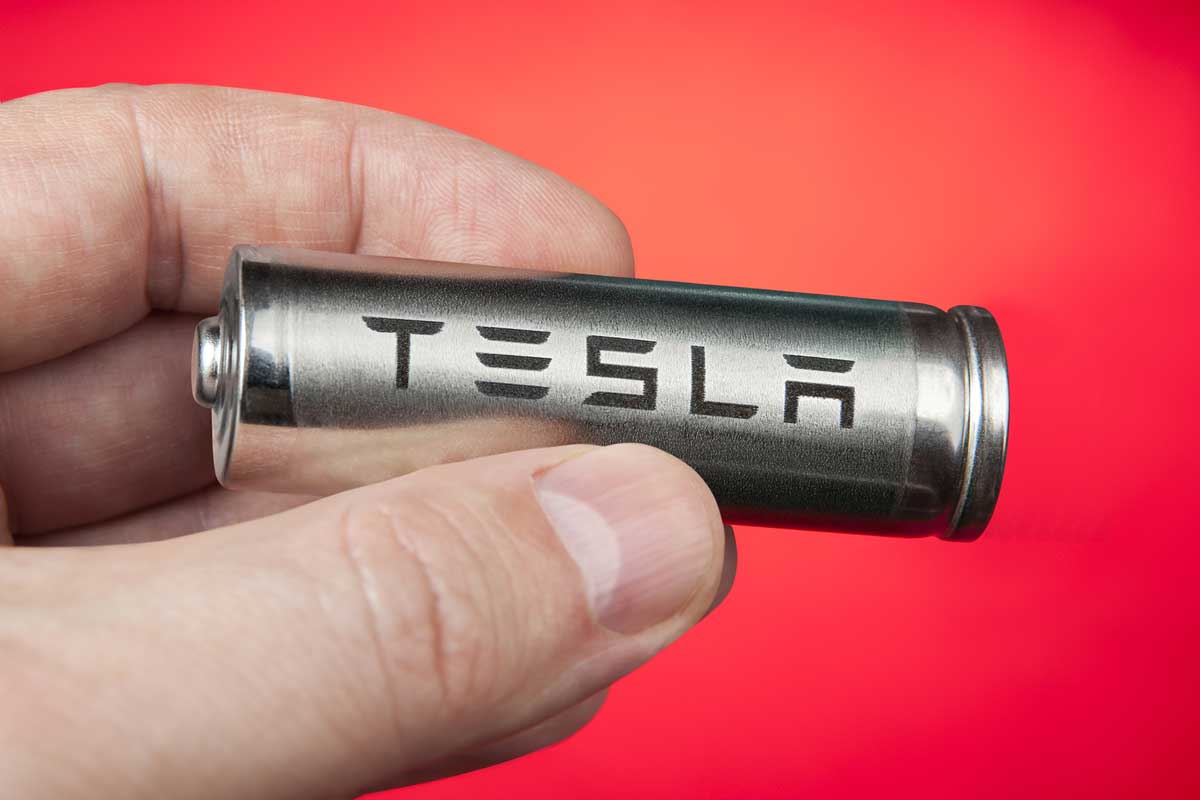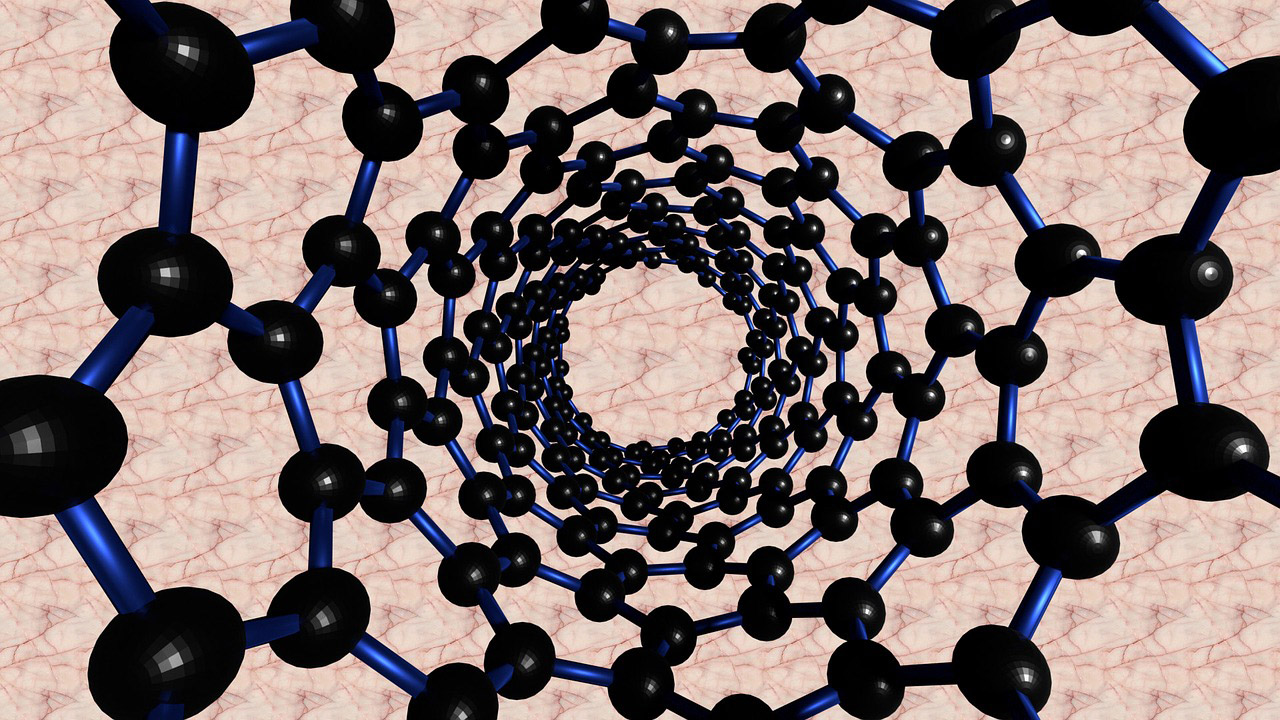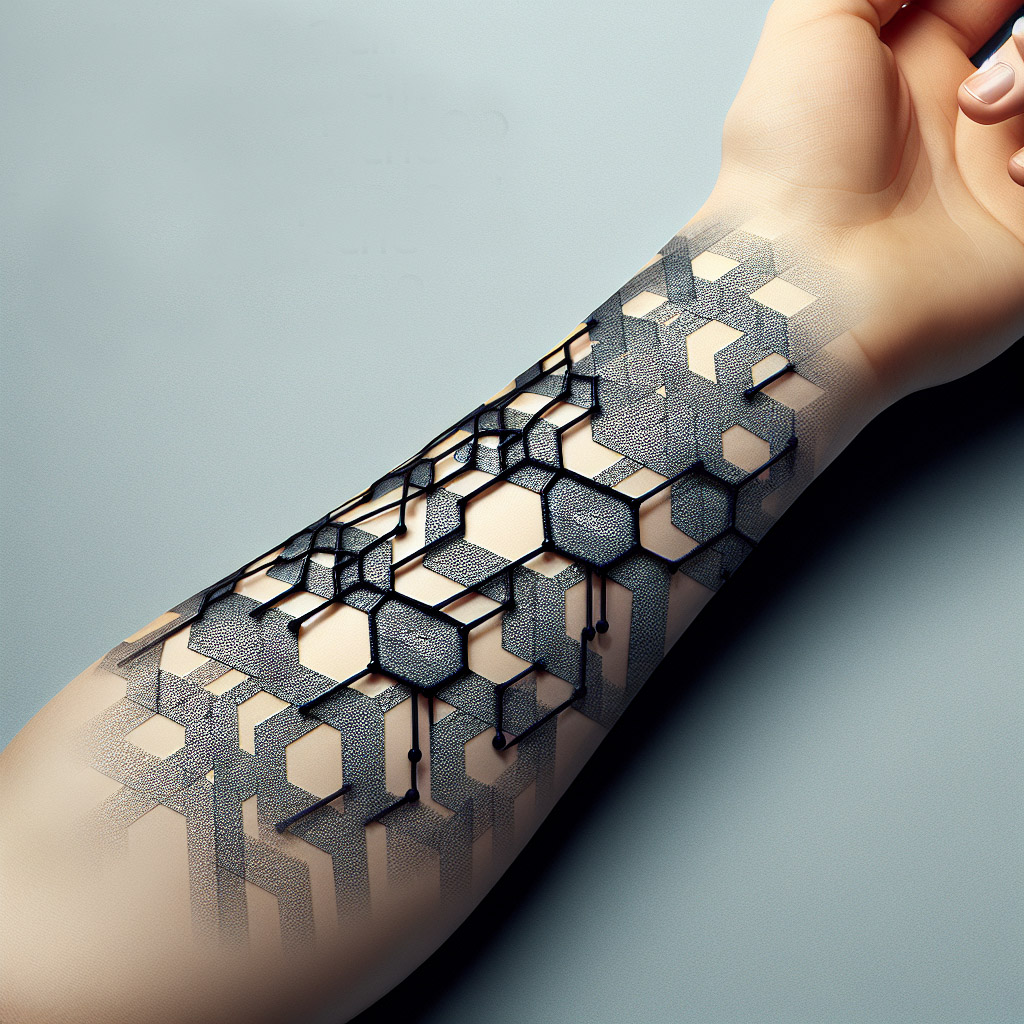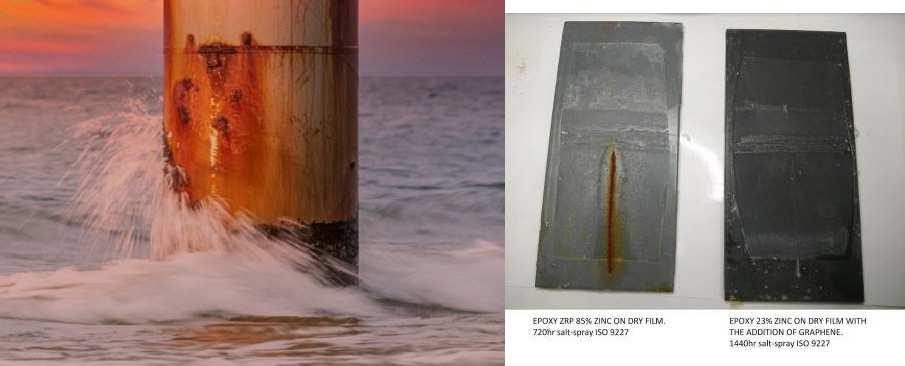Will Tesla use graphene batteries?
With the world slowly transitioning into a cleaner and greener way of life, companies are taking the initiative to adapt their products to meet the demand for sustainability. Tesla Inc. is one of those companies keeping up with the change and is slowly improving their vehicles to make them more affordable to reach the masses.
Manufacturers of Tesla’s Model 3 believe it will make electric vehicles (EVs) more accessible to the general public. People started showing interest in this claim by the company. They even expect demand for lithium, graphite and cobalt as Tesla sells more cars since its electric vehicles require lithium-ion batteries. However, some investors are still wondering if Tesla’s lithium-ion batteries will incorporate graphene in the future. The energy storage capabilities of graphene improve considerably when a metal oxide attaches to it.
Difference between the Current Lithium-Ion against Graphene battery
We can now find Lithium-ion batteries in almost all electronic devices, including smartphones, computers, laptops, and nearly all electric cars. These batteries seem to be the most effective way to recharge and store electricity needed to power up electronic gadgets (including vehicles); the discovery of graphene looks like the future of electronic energy sources and is safer than lithium-ion batteries. Graphene batteries contain a separator that keeps electrodes from combining, thus reducing the possibility of explosion. This technology gives graphene an advantage regarding the safety aspect of batteries.
Graphene batteries almost eliminate the safety issues stemming from lithium-ion batteries; Manufacturers replace an electrode with a hybrid composite material that must incorporate graphene, making an explosion at the electrode contact highly unlikely.
On the other hand, Graphene batteries aren’t famous for their safety issues. Their main attraction is their weight. Graphene is a very light compound that is an efficient conductor of electricity and energy since it is structured to be thin, flat, and hexagonal. Lithium-ion batteries are bulky and heavier than their counterpart. Graphene batteries have a larger capacity than lithium-ion batteries. A regular lithium-ion battery stores around 180Wh per kilo, while graphene stores 1000Wh. It makes the former efficient space-wise. Those running on graphene can run longer without stopping and recharging the batteries, and they charge much faster.
All of this shows that graphene batteries are the way of the future for electric vehicles. However, there is one single and critical reason holding this revolutionary technology back: cost.
Graphene is and will continue to be a costly material to mass-produce. As a result, the future of graphene and its batteries is dependent on lowering production costs. Meanwhile, numerous battery manufacturers are working to incorporate graphene into pre-existing lithium-ion batteries to increase capacity and effectiveness at a lower price. However, they are still experimental and not commercially available.
Do we Foresee Tesla Using Graphene in the future?
The increase in Electric car production plus the need to produce more minerals to supply the production of batteries will shift the focus to creating a more sustainable battery for the future electric cars.
Rumours about Tesla using graphene batteries on their later models are all over the news. People are not talking about Tesla producing a graphene battery capable of running for 500 miles. Although Tesla Inc. CEO Elon Musk did not directly say that graphene, everything points to the use of graphene as the future battery for tier vehicles. At this point, all we have to do is wait for their future models and see what everybody predicts as a Tesla vehicle with graphene technology in their batteries.





Leave A Comment